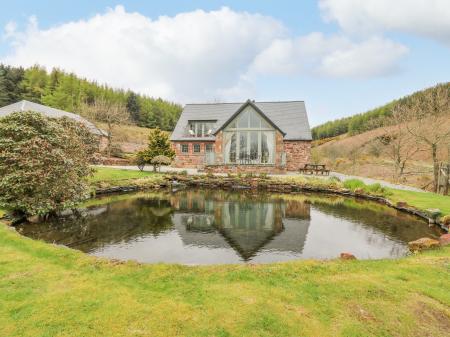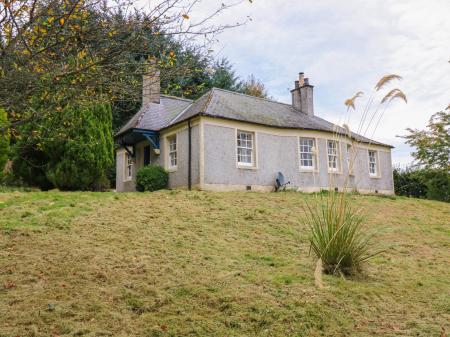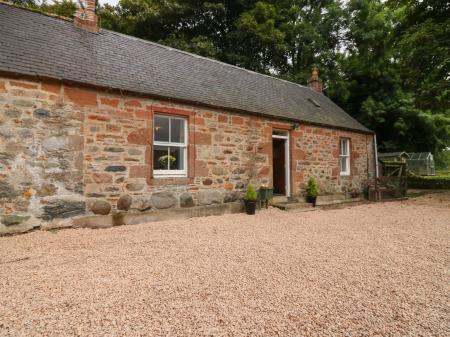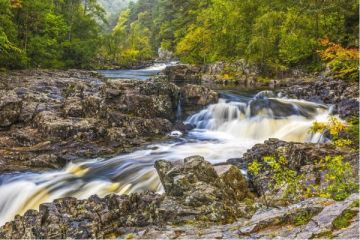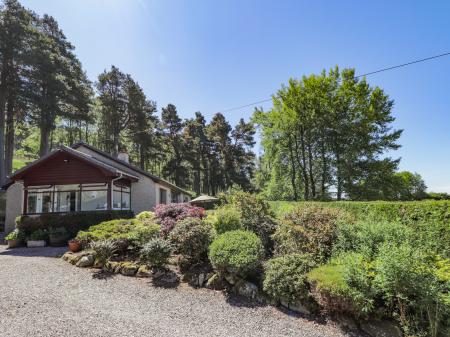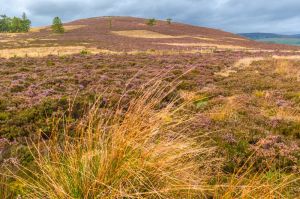
Beyond this wall is a ditch, and another wall, about 20 feet thick, and two further walls beyond that. The walls enclose the summit of White Caterthun hill, which rises to 298 metres. Beyond the outlying walls are still more incomplete remains of ramparts. Within the walls is a stone cistern, and a more recent turf foundation.
Between the inner and outer earthwork defences is a cup and ring marked stone, which has about 60 carvings on its surface.
The fort was constructed sometime in the last few centuries BCE and is a quite astonishing example of just how skilled (and determined) were the ancestors we persist in calling 'primitive! A mile to the northeast is another, smaller fort atop Brown Caterthun hill.
Visiting White Caterthun
Of the two Caterthun hill forts, Brown is more interesting to archaeologists, but White is a more interesting site to visit for us mere mortals. You can easily trace the line of the stone ramparts and the depressions within the fort that mark structural foundations. Note, however, that if you take the time to walk up Brown Caterthun you can get a really good view back towards White Caterthun and get a really good idea of the structure of the site.
There is a parking area off the road, in the saddle between the two Caterthuns. From the parking area, it is a very simply five minutes climb straight up to the summit of the hill. You can easily combine this with a slightly longer walk to Brown Caterthun on the opposite hill, a walk of about 15 minutes.
 We've 'tagged' this attraction information to help you find related historic attractions and learn more about major time periods mentioned.
We've 'tagged' this attraction information to help you find related historic attractions and learn more about major time periods mentioned.